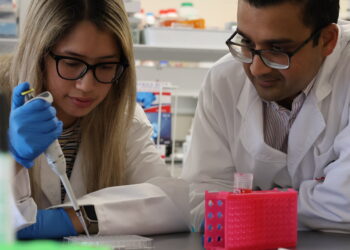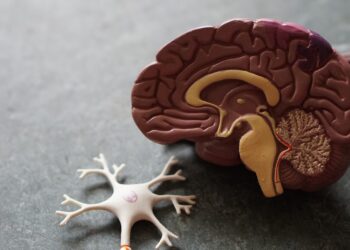 Rescu. spoke to Dr. Chet Collins, neuromuscular consultant from the Six Senses Destination Spa, Phuket, about Exuberance Therapy, how we can incorporate it into our wellness program and what we’ll see as a result.
Rescu. spoke to Dr. Chet Collins, neuromuscular consultant from the Six Senses Destination Spa, Phuket, about Exuberance Therapy, how we can incorporate it into our wellness program and what we’ll see as a result.RESCU: What is Exhuberance Therapy?
Chet Collins: Exhuberance is the joyful feeling you get when your body is able to move freely again. I provide Motion Restoring Therapy for treating specific physical concerns, or as an anti-aging therapy when used throughout the entire body.
RESCU: How can we incorporate it into a wellness and anti-ageing program?
Chet Collins: Motion Restoring Therapy when applied throughout the body, results in restoring the smoothness and grace of motion that many people slowly lose over time. The loss of this fluidity of motion makes us feel, and look older than we should. Restoring the body’s motion can enable us to get more benefit out of exercise and increase our enjoyment of physical activities. In applying Motion Restoring Therapy in an anti-aging setting, I work from head to toe, removing tissue restrictions as they are found throughout the body. Depending on the client, this can take from 2- 6 hours of total treatment time, usually in 60-90 minute sessions.
RESCU: What kind of results and changes can be experienced as a result of treatments?
Chet Collins: My clients seeking Motion Restoring Therapy for anti-aging are seeking to feel and look younger by being able to move freely and gracefully without hesitancy or stiffness. The increased ease of motion leads to improved balance, flexibility, and muscle function. These improvements can dramatically change ones personal outlook, from a life of diminishing options, to one of expanding options.
RESCU: Is it necessary to undergo ongoing treatment?
Chet Collins: Once the tissue motion is restored, clients find that they are able to move and enjoy activities that help keep them mobile and active. Some clients choose to return for a treatment series once or twice per year, but most have years of freedom after their initial anti-aging treatment.
RESCU: How do balance, flexibility and muscle strength impact the ageing process?
Chet Collins: Balance and flexibility probably have more of an impact on aging than strength. Balance has a direct relationship with flexibility. As a person loses flexibility, they begin to have difficulty maintaining balance when reaching the limits of their motion. This is because the restricted tissue begins pulling tight and causing added motion in joints that should be relaxed and immobile to maintain balance. An example would be, wearing heels and taking a small mis-step that causes the entire body to compensate rather than a quick movement of a flexible knee and hip to catch your balance. Upon losing your balance, much greater strength is needed to keep from falling.
There is a minimum amount of strength needed for motion and activity, but persons of any age are able to perform an exercise program to increase strength. Poor flexibility and loss of tissue motion can greatly limit your ability to perform muscle strengthening exercises.
RESCU: What are the signs that ‘age’ is beginning to slow us down? Is this mental or truly physical?
Chet Collins: Many people say “I don’t do this or that anymore, I must just be getting old”. In that sense it is as much a physical sign as a mental one. The physical restrictions bring decreased functional changes to our attention, and rather than think, “hey, I had better stretch”, or “I better get stronger”, we just shrug it off as getting old and accept these rapidly changeable limitations as permanent and inevitable. Then before we know it, we’re old!
I don’t accept that for myself, and I provide solutions to those that won’t accept it for themselves.



















